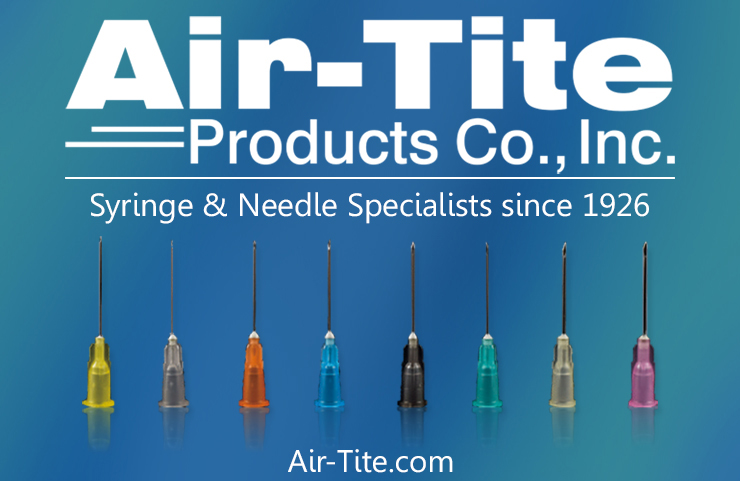
Did you know that in 2020, Yahoo! News reported that 4 to 8 million additional people could have been vaccinated against COVID-19 if vaccination clinics were to use a Low Dead Space (LDS) needle?
The needle you choose for your application can significantly impact the outcome. Moreover, there’s no such thing as one-size-fits-all when it comes to hypodermic needles. Design differences, material composition, and size are all factors to be considered when selecting a needle.
Read on to learn more about needle considerations and which one is right for your application.
The design of a traditional needle means that a portion of the product is left behind in the hub after an injection. That’s not an issue for most applications. However, working with costly medications can add up to a tremendous amount of wasted product when using a standard needle. Low Dead Space needles are ideal for situations like this due to the redesign which significantly reduces the amount of space remaining in the hub.
Needle hubs are often made out of various types of metals or plastics. For example, some TSK Laboratory needle hubs use a hard polymer that helps prevent needle pop-off, leaking, and flexing when exposed to high pressures. Other needle hubs come with exterior threading to support a more secure fit.
Choosing the right needle size means that you’ll need to consider the length, gauge, and lumen. The needle gauge relates to the thickness of the outside diameter—the higher the number, the thinner the needle. Thinner needles are often used for aesthetic purposes as they provide a more comfortable experience, and patients tend to experience less bleeding.
The length of a needle can vary greatly (Air-Tite carries needles as short as 4mm or as long as 5”), and each application has a required length to be safe and ensure good results. For example, the Children’s Hospital of Philadelphia (CHOP) suggests that vaccine needles should be 1” in length for adults who weigh less than 130 lbs (60 kg). For women who weigh more than 200 lbs (90 kg) and men who weigh more than 260 lbs (118 kg), a 1-½” needle is recommended.
The lumen refers to the inside diameter of the needle. It’s essential to consider the material you’re injecting, as viscous substances will have difficulty passing through smaller lumen needles. The lumen corresponds directly to the thickness of the needle wall, so be sure to pay attention to both measurements when making your selection. To increase the lumen while maintaining a smaller outer diameter, many companies offer thin wall (TW) needles. Other companies have expanded upon this to offer ultra-thin wall (UTW) needles, or even super-ultra-thin wall (SUTW) needles. By reducing the thickness of the needle wall, the inner diameter is increased regardless of the outer diameter.
Selecting the optimal needle for your application can make all the difference. We invite you to read the linked article below that we wrote for Drug Delivery Business News for a more in-depth explanation of choosing the correct needle for your application.
What Needle Should You Use?